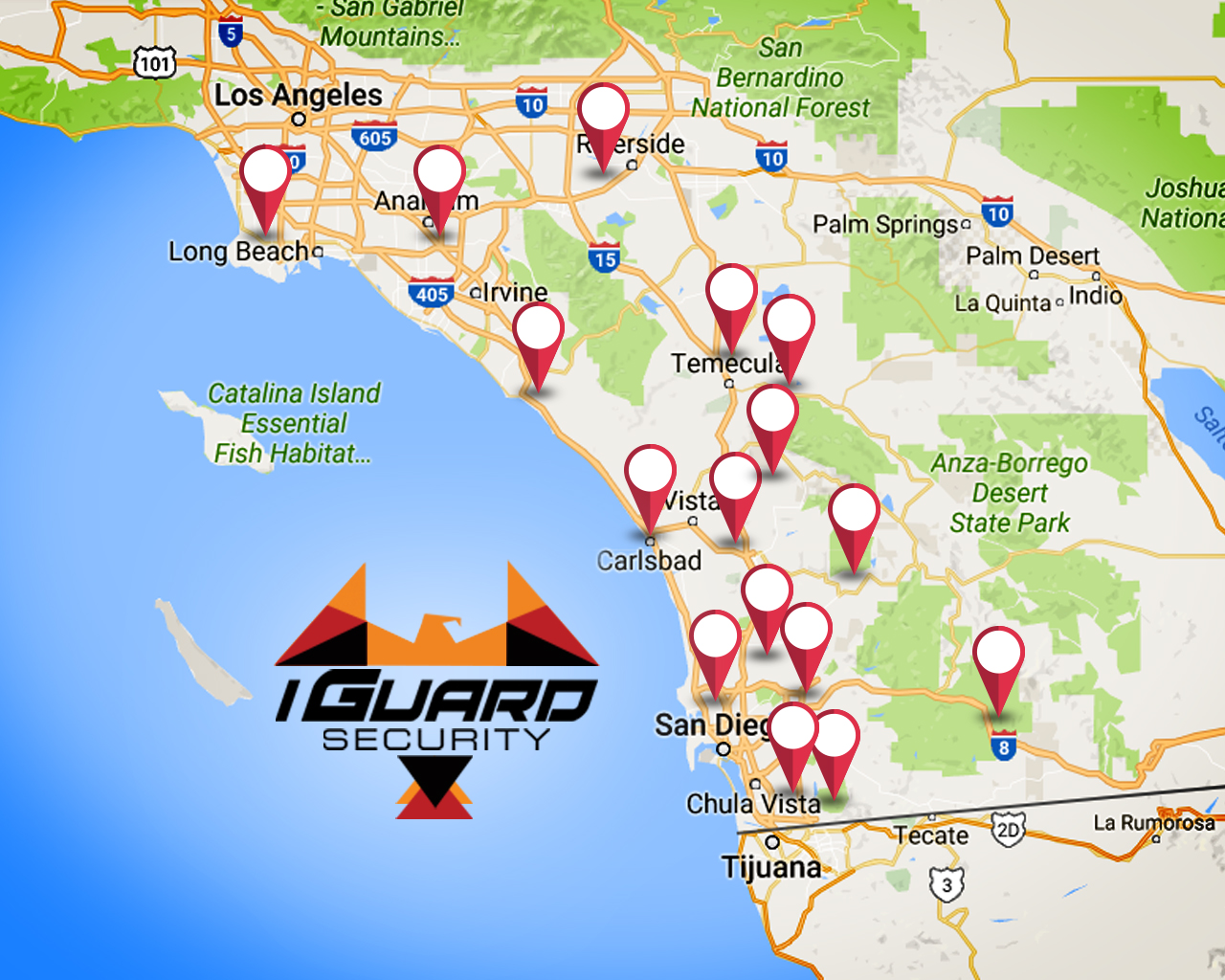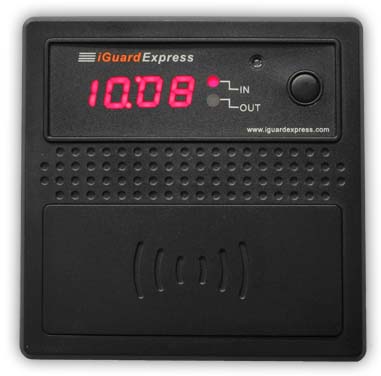


To service the special needs of the mining industry I-Gard has developed the GCHK-100 ground fault relay to improve safety for personnel and equipment in underground or above ground applications. Detection of ground faults is important where safety from electric shock and fire risk can occur and cause serious equipment and personnel hazards. This feature will cause a trip twice as fast as the ground check and five times quicker for frame voltages exceeding 100V. In the event of a ground connection failure and internal leakage within the mobile equipment, it is possible for the frame of the equipment to become live and present a shock hazard.įor added protection, the GCHK-100 detects high equipment frame voltages and quickly trips the relay. The GCHK-100 monitors the loop resistance of the two grounds and trips when it exceeds a preset value.Īdditionally, the relay will detect if the ground loop has become shorted or has opened. Operator safety from electrical shock depends to a large extent on the integrity of the grounding of the equipment when it is energized. It is vital, therefore to know if this grounding has been compromised to do this a second auxiliary ground conductor is incorporated in the trailing cable to the mobile equipment.

The I-Gard mGARD is a microprocessor based ground fault relay designed and built to be used on solidly grounded or resistance grounded systems. This innovative digital electronic relay measures ground fault current using built-in zero sequence current sensor (ZSCS). However, the modern relay can be programmed to prevent this and only shunt-trip the lesser priority feeder, leaving the more important feeder on-line. In the event that a second ground fault occurs prior to removing the first ground fault, a phase-to-ground-to-phase or phase-to-phase fault can occur. When this occurs on the original HRG, it would cause both feeder circuit breakers and possibly the main circuit breaker to trip. The purpose is to continually remind maintenance personnel to either remove the ground fault or to reset the timer every so many hours.

Unless the ground fault is removed or the timer is reset, the faulted feeder is shunt-tripped offline. Since the zero-sequence current transformers identify the faulted feeder, the relay has the ability to begin a (user programmable, usually in hours) timer when the ground fault first occurs. There is a concern that the first ground will be left on the system and ignored. The original HRG system developed in the 1950’s and 1960’s provided process continuity, however, they were unable to solve potential safety issues, such as a second ground fault, leaving the ground on the system too long and monitoring of the neutral path.


 0 kommentar(er)
0 kommentar(er)
